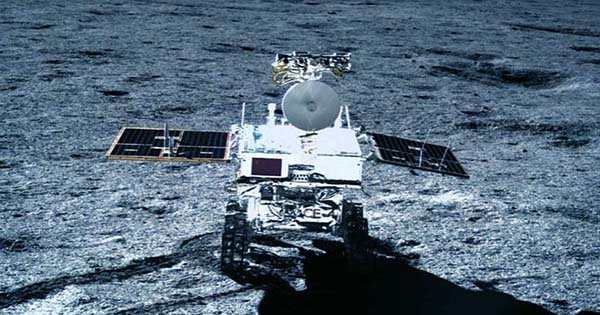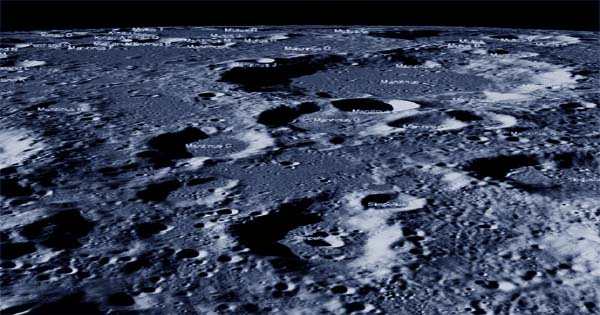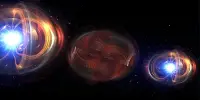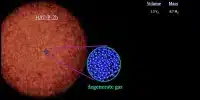You will forget the cool things on the moon if there is all the excitement surrounding the fast becoming a traffic jam in the orbit of Mars. China’s Chang 4 Lander and Yutu 2 Rover entered sleep mode for about 14 days of lunar nights, at which time the radioisotope heater units kept the temperature warm with minus 190 centigrade (minus 310 Fahrenheit). After waking up on 6 February, Yutu 2 soon came across a remarkable cliff that was stuck in the surrounding lunar landscape.
The Yutu 2 team decided to refer to the symbol as a “milestone” rather than a more dramatic “monochromatic” than we expected – the rock captured by the Chinese National Space Administration (CNSA). Its curiosity and assurance of approaching approach. The next day they keep a close eye with clues as to whether they can make the strange “stalagmite” on the moon.

The sharp duplicate shape suggests that the rock is young, geologically speaking, it is not a dilapidated and round one, just as you would find a round rock on a beach. Dan Moriarty of the Goddard Space Flight Center told Space.com, “It looks like a sharp duplicate shape and it’s left out of the ground. It’s definitely unusual.”
“Repeated impacts, pressure from heatstroke, and other types of weather on the lunar surface will all break down the rocks into more or less ‘spherical’ shapes, giving them enough time.” He suggested that the rock probably came out of the impact, probably from a hole nearby.
The team plans to use Rover’s visible and near-infrared imaging spectrometer equipment further analyze the rock. The tool detects light scattered from the rock to analyze the makeup. This tool used to analyze “gel-like” substances that found on the surface of the moon in 2019. The substance was similar to a sample taken by the Apollo 17 mission in 1972, which also described as “dark”, with broken pieces of mineral cement and black, glossy glass. The analysis revealed that it probably melted together during an impact event rock.
















